TDC2 2009 | Type System: Cassius

Cassius is one of the results of my year of study in the MA Typeface Design at the University of Reading, UK. Intended for dictionaries, Cassius deals with the specific issues of the field: rather small text size, short line length and unconventional weights sequences. Moreover Cassius embraces its personality and quirkiness without compromising the academic nature of these publications. Cassius was developed as a wide type family, including serif, italic, sans serif, italic sans serif cuts. It is a multi-script typeface, covering the Latin and Arabic writing systems. Cassius is a growing typographic tool to solve complex typesetting with liveliness and character.

A Design Oxymoron?
Cassius was designed by exploring contradictory ideas. Sturdy but lively, its letters are built with a rather vertical axis. Their characteristic modulation and low contrast is compensated by the way curves join up to the stem. These brief moments of high contrast add a flash to the typeface. The text hereby receives pleasant, precise colour. Constructed but organic, Cassius is built on a rather stable and vertical axis, with flat and open curves abruptly connecting to the vertical strokes. It freely plays with construction without compromising some of its dynamic, written-based features (such as long and generous outstrokes or strong sheared ball terminals).
Solid but crisp, the strong referencing of the baseline by Cassius's big and confident serifs is balanced by sharp curves, often broken at subtle angles, creating a consistently dynamic feeling throughout the whole typeface. Although intended for dictionaries, Cassius does not have a very large x-height. Its ascenders and descenders provide enough room for strong and confident diacritics. Above all, they also permit a better matching of the Arabic and Latin on the page. However, its open counters, generous shapes, and weight distribution give Cassius a strong horizontal flow, suitable for printing at small size.
Distinctive but modest, Cassius' personality is not an obstacle to serious reading. Provided with small capitals, including Central-European diacritics, as well as old style and lining figures (each with proportional and tabular widths), Cassius is a fully-functional OpenType typeface.

Cassius italic explores the same questions as the roman. Its suggested sheared loops and shifted corners constantly balance the design between writing and construction. It is however a very independent design with its own characteristics. Its 7° slope and much narrower counters give it a clearly different rhythm from the roman. Oversized ink traps and deep connections, as well as some very distinctive glyphs (f, l, w, x, y), give it the playfulness needed to fulfil its emphasising function – even for very short words.
Cassius italic's strong instrokes and outstrokes reinforces the horizontal direction of the roman, closely binding the two styles together despite their different design features.

Cassius is complemented by a sans serif face, enlarging the typographic resources to set complex text hierarchies. Cassius sans is an unusual hybrid sans serif. It shares its broken curves and proportions with the other members of the family but includes enough characteristics to stand on its own. The streamlining of the stems as well as their glyphic flares give the design an inscriptional feeling. A bold and an italic weights complete the family.

Due to the very different nature of the two writing systems, Cassius' Arabic variant – Ali – was designed as an autonomous typeface, developed within its own proportion system. Ali was not submitted to TDC2, so the Certificate of Excellence in Type Design does not apply to this member of the type family.
Regarding the cultural background of the script, the design approach is much more calligraphic. The "dancing baseline" and distinctiveness of the shapes increase its legibility and help readers unfamiliar with the script to identify letters within joined words. Its straight-forward, simplified shapes echoes the character of the Latin but never mimics it.
The two scripts can be harmoniously set next or to each other or within the same line without sacrificing their own identity. The Arabic version of Cassius supports full dynamic vocalisation, as required by most dictionaries. Like the others weights of the family, Cassius Arabic is sufficiently refined to typeset text for a much wider range of documents.
The Future of Cassius
Designed as a coherent system of individualities, Cassius was developed over a wide investigatory workflow. Numerous variants were explored throughout the design process: emphasis weights, bold and semi-bold, display and heavy versions, condensed, tall x-height, and caption sizes for pocket dictionaries as well as a Greek version. Although still unfinished, these experiments have all fed Cassius and fully participated in its richness. Some of them will be developed into actual working members of the family, completing the typographic palette needed for dictionaries and extending Cassius' potential far beyond its initial brief.
Download the PDF specimen.




















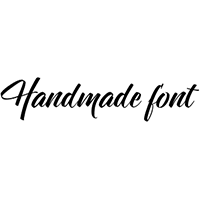


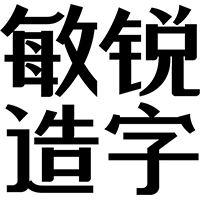



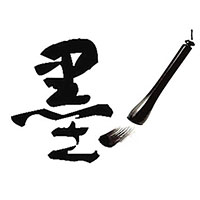





 闽公网安备35010202000240号
闽公网安备35010202000240号